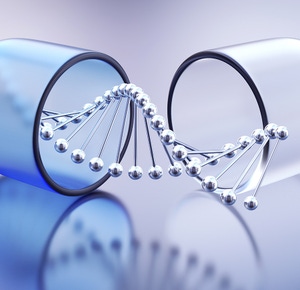Resource Center
Explore Resource Types
All Resources
Filters
1 - 12 of 34 Results
Inhibiting interleukin 11 signaling reduces and reverses many dangerous effects of NAFLD/NASH in mouse models
Murine NASH model could provide insights into NASH development and progression
Developing a phenotypic in vitro model for progression of liver steatosis
A workflow to characterize and benchmark human induced pluripotent stem cells
Artemisinins target GABAA receptor signaling and impair α cell identity
A multiparametric live-cell cytotoxicity analysis using the Operetta High-content Analysis System
Busting high-content imaging myths
High-content imaging of brain-on-chip microfluidic devices using PreciScan intelligent acquisition.
Upscaling organoid research for sharper biological insights
Deeper insights from your 3D cell model imaging
Nuclei segmentation on brightfield images using a pre-trained Artificial Intelligence (AI) model
Label-free analysis of cardiomyocyte beating using the Opera Phenix Plus System


Looking for technical documents?
Find the technical documents you need, ASAP, in our easy-to-search library.


































